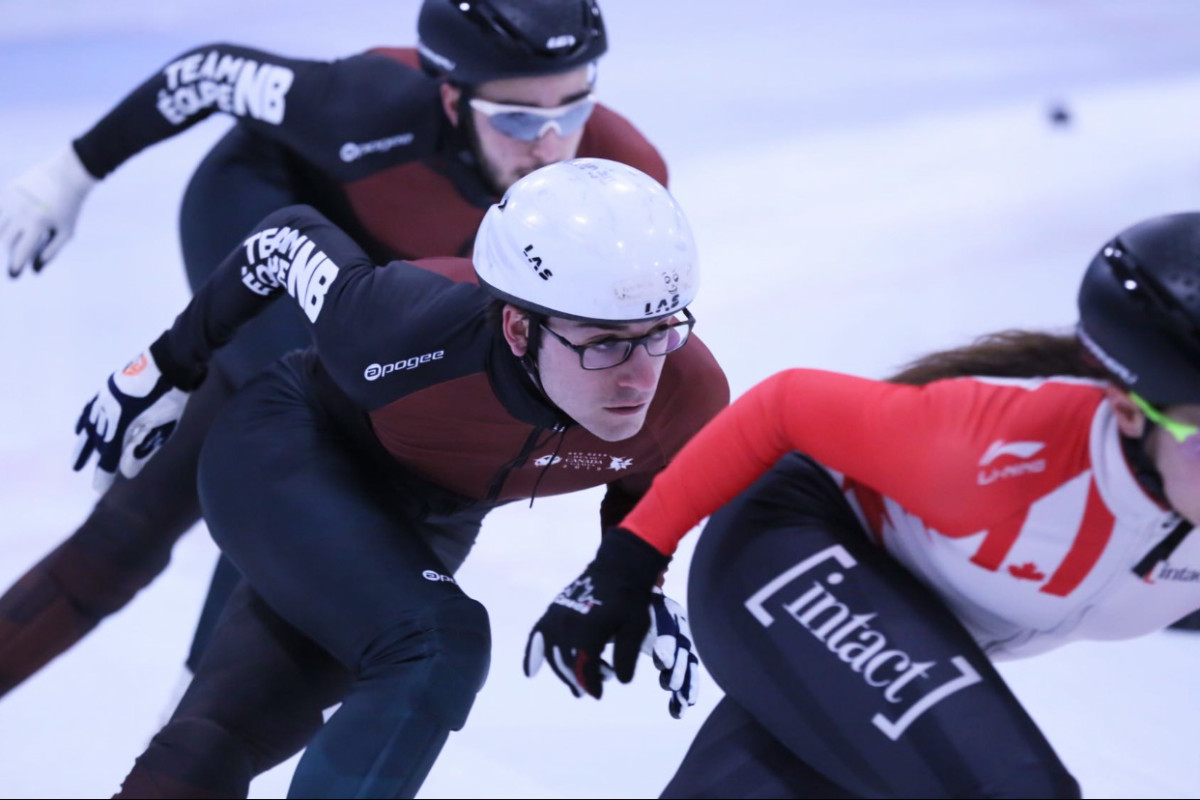When you think of “healthy,” what do you see?
Most of us will see someone physically fit, with toned muscles, smooth skin and who is relatively thin; most likely someone you’ve seen at some point in your life, either in person or on screen. Someone aspirational, perhaps.
Now picture “unhealthy.” What changes?
Chances are, you’re picturing someone overweight, inactive and undesirable.
The truth is, these images of healthy versus unhealthily come from pop culture. The moment we start consuming media, we are flooded with images of beauty, health and fitness — the standard of healthy.
We see models with their perfect hair, slim figures and smooth skin, celebrities drinking smoothies and lounging by the pool or a mom in a Bench jacket doing yoga.
These images, as we all know, create a multitude of problems, problems that are rooted in fallacy.
The image of healthy isn’t healthy at all. Instead, healthy is a concept, designed to make us fill a void. Healthy is a marketing ploy, one that tells us we are not enough, that there are superficial improvements to be made.
Buy this, do that, look like this and all your wishes will come true. That’s what the media tells us is a healthy lifestyle. And we bought it. We accept it. We crave it.
Think of how many images of the “healthy lifestyle” we come across a day, hundreds if not thousands of pictures and ads all upholding the stereotype. If I were to open my Instagram account, about half of it is filled with pictures of people showing their best side, mirror selfies at the gym, advertisements featuring “Ten healthy habits you should try” or some recipe featuring kale, because for some reason everything healthy has to have that god-awful veggie.
At this point you’re probably wondering: What does he know? Let’s face it, I’m not yet 20, have very little experience and I fit the stereotypical version of healthy. What you don’t see is how I got to that standard.
I know the reality of healthy all too well. I fell into this trap, the cage of healthy.
I’m an athlete with national experience. I spent six years of my career in a rigorous training program for Canada Games for speed skating. From ages 13 to 19 I was at the gym six days a week and yoga on the seventh. My diet was lean chicken, smoothies and yes, kale, that god-awful vegetable.
When I wasn’t in the gym, I was in the classroom. School and sports, that was it. That was my whole life.
My body matched the images I encountered through social media. To be honest, I was happy about that. To me, I had made it, I was healthy. I looked the part, had a smoothie in my hand every day and had decent grades in school. Sounds pretty healthy, right? I certainly thought so.
I have never been more wrong in my life.
The reality was I didn’t have time for anyone. I never really connected with people apart from passing them in the hallway with that stupid head-nod grade school kids do. I never went out to movies, or wing-nights, or parties. I had very little outside-of-sport interaction.
But I was healthy. I looked the part, I ate all of the green foods and chicken and fish and kale. The media confirmed that I was. People told me I was. The truth is that healthy, for me at least, was a synonym for lonely.
This is the problem with measuring a person’s health and lifestyle by the superficial. We are promoting standards that are only attainable by few and can result in isolation, as it did me. How a person looks, or what a person eats does not make them healthy or unhealthy.
What does make us healthy is the idea of fulfillment, of happiness. It is not healthy to be unhappy. And happiness comes from balance. Balance of work, play and chill. Balance is different for every person. That difference, by extension, results in body diversity.
I have since retired from sports. I’m still an active person but I’ve let go of the crazy regime. I can’t tell you how great it was to have chicken nuggets for the first time since my pre-teen years.
In abandoning the pursuit of healthiness and shifting to the pursuit of happiness, I met some amazing people, explored new interests, and as a result, I was no longer lonely.
Yes, my body has changed as a result. I’m a lot smaller than I was and far less toned.
When I open up my Instagram and see the images of beauty, health and fitness, and the models with their perfect hair, slim figures and smooth skin, drinking smoothies and lounging by a pool, I have to remember that comparing myself is in vain.
Instead, I remind myself how lonely it was, how exhausting it was and how much I hated kale. I look around and see how leaving that behind has resulted in my becoming a more rounded individual: more involved and connected.
This is what we all must do. We must take a stand and stop comparing ourselves to images and each other. We must abandon this toxic pursuit of healthiness and embrace the pursuit of happiness instead.
We need to focus on what we have and who’s around us. We need to measure ourselves by how many smiles we have a day over the number of abs we see in the mirror.
Focus on balance over biceps.
Focus on living over lifting.
Focus on happy.

